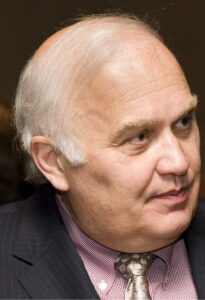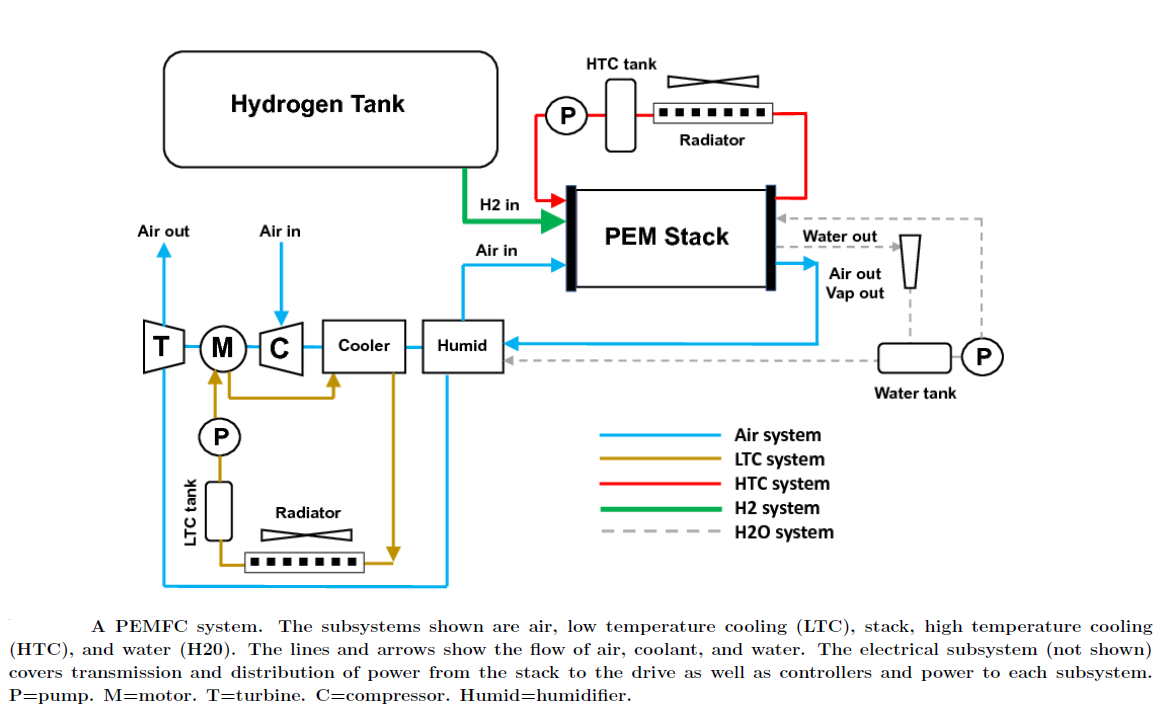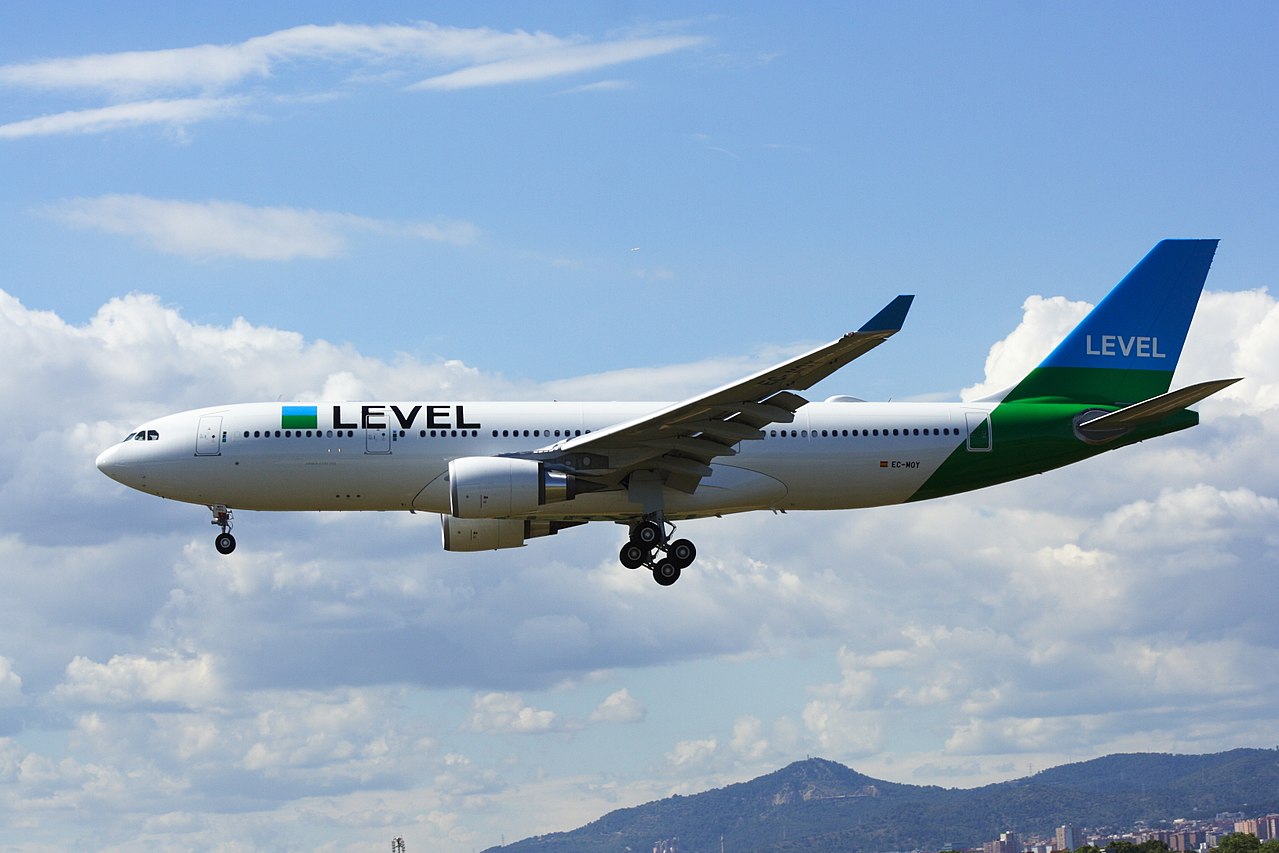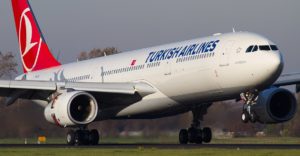Leeham News and Analysis
There's more to real news than a news release.
Pontifications: From Just in Time to Just in Case
June 6, 2022, © Leeham News: Delivery delays by Airbus and Boeing are well-known in today’s recovering environment. The reasons vary from supply chain challenges affecting both companies to Boeing’s suspended deliveries of the 787 and slower-than-expected deliveries of the 737 MAX.
Airbus Canada delivered only five A220s in May vs 10 that were planned. Ten deliveries are planned this month but hitting this target (and 70 for the year) may be problematic. LNA previously detailed the delays for the A220. Airplanes are coming off the final assembly lines without completed cockpits. Embraer is affected by a shortage of seats. CFM’s delivery of LEAP engines for the A320neo and 737 MAX is delayed.
It’s not just the big-ticket items that are hurting the Big Three airframe manufacturers. It’s the little stuff. The supply chain is only as strong as its weakest link. Some smaller suppliers can’t get the products they need from their suppliers. And some, already facing workforce shortages before the COVID-19 pandemic, are short of workers today.
These issues are causing a shift in what used to be the mantra of Just in Time product deliveries.
Boeing is trying to help its supply chain on a number of levels, said Mike Nieman, Regional Director of Globalization & Supplier Development, during the I-90 Corridor Conference last week in Coeur D’Alene (ID). The group represents the aerospace industry from Spokane (WA) through Idaho and into Montana along the Interstate 90 highway corridor.
Bjorn’s Corner: Sustainable Air Transport. Part 22. Fuel Cell system efficiency and mass
June 3, 2022, ©. Leeham News: Last week, we looked at the powers and thermals of a Fuel Cell system for aircraft propulsion. Our example was a cryogenically cooled system with a superconducting Motor, Inverter, and Cabling.
Now we analyze the differences should we not use the liquid hydrogen (LH2) to help with cooling the system to a superconduction state. What are the thermal and mass consequences of using conventional electronics and motors? The detailed discussion is in the sister article Part 22P. Here we summarize the findings.
Bjorn’s Corner: Sustainable Air Transport. Part 22P. Fuel Cell system efficiency and mass. The deeper discussion.
Subscription required
June 3, 2022, ©. Leeham News: This is a complementary article to Part 22, Fuel Cell system efficiency and mass. It analyses the power, loss, mass, and efficiency consequences of the different fuel cell architectures described in the main article.
One or Two hops cheapest for long flights? Part 2
Subscription Required
By Bjorn Fehrm
Introduction
June 2, 2022, © Leeham News: We tested the notion that it’s more economical to divide a long flight into two shorter flights last week. The test was a typical long-range flight of 11 to 12 hours.
We found that if all operational costs are counted (the so-called Cash Operating Costs, COC), the theory didn’t work. You gain on fuel costs, but you are doubling other costs like landing fees, etc.
Now we test the theory on an Ultra Long Range (ULR) flight, using our Performance and Operational Cost model.
Summary
- The widespread idea of two shorter flights being more economical than a single long flight applies to ULR flights.
- The theory says this is because a long flight takes more fuel than two shorter flights. It’s not the main reason why the theory holds for ULR flights.
Boeing’s hiring spree points to progress toward Next Boeing Airplane
Subscription Required
By the Leeham News Team
May 30, 2022, © Leeham News: Boeing is hiring again.
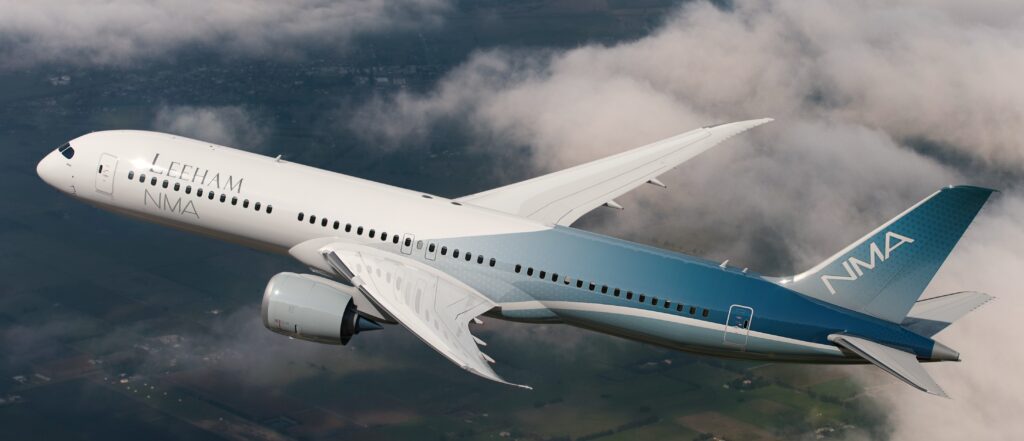
Boeing’s hiring spree is aimed at replacing engineers, technicians, retirees and jobs lost in Russia and Ukraine. But an analysis also points to gearing up for the Next Boeing Airplane. Photo Credit: Leeham News.
The pendulum of staffing swings back and forth in the aerospace industry.
Today’s hiring events are one of several steps beyond the highly visible need to deliver airplanes required to rebuild Boeing. Rebuilding its brain drain and positioning itself for its next new airplane is another required step. Repairing the damage to its once-gold standard safety reputation is another. Boeing also is moving to fix this issue.
Historically, companies chase the proper mix of employees and never get it right. The reason for the personnel churn is the nature of the skills needed and the timing of their need.
In an attempt to get ahead of this problem, Boeing spent millions of dollars last year to retain SPEEA-represented engineers and technical employees at the Everett final assembly site. This reverses a decades-long trend to downsize the employed workforce through outsourcing or shifting union jobs from Washington State to out-of-state locations.
To understand why this happens, we need to look at the cascading of work through the Commercial Airplanes division starting with a single product.
Pontifications: NIAR WERX joins with Precision Aircraft Solutions for A321, 757, MD-87 conversions
May 30, 2022, © Leeham News: NIAR WEXR, the aerospace research arm of Wichita State University (WSU), will join with Precision Aircraft Solutions for passenger-to-freighter and MRO for the Airbus A321, Boeing 757, and the Boeing (McDonnell Douglas) MD-87.
NIAR WERX already converts and performs maintenance on MD-87s and it partnered with Kansas Modification Center to convert Boeing 777-300ERs into freighters. Kansas Mod is not part of the Precision Aircraft deal.
Although announced last week, NIAR and Precision have been working toward this arrangement for some time. NIAR already has been setting up conversion lines and tooling for the A321 and 757. Emphasis will be on the A321. The hangar to be used is a giant one previously used by Boeing for the 747-200 Air Force One work, which is now performed in San Antonio (TX). Four to five lines can be installed in the hangar. This gives the capacity to convert 12-24 aircraft per year. The first A321/757 lines will be ready in the third quarter this year, says David Jones, NIAR WERX executive director.
Bjorn’s Corner: Sustainable Air Transport. Part 21. Fuel Cell system design
May 27, 2022, ©. Leeham News: Last week, we looked at the power levels we need in a fuel cell and electric motor system. We listed the required powers and durations for takeoff, climb, and maximum continuous power levels for a 70-seater turboprop.
Now we go deeper into the fuel cell system design, looking at system powers and thermals.
One or Two hops cheapest for long flights?
Subscription Required
By Bjorn Fehrm
Introduction
May 26, 2022, © Leeham News: There is a notion that it’s better to fly a long flight in two hops rather than one long flight. The idea is that the plane has to carry extra fuel to bring the fuel for the last bit of the long flight, increasing its drag due to weight.
So far, the theory. Is it also the case in practice? We use the Leeham airliner performance and cost model to find out.
Summary
- The widespread hypothesis of two shorter flights being more economical than a single long flight needed a check.
- When we check it with an operational cost model that considers all cash costs, we conclude the hypothesis does not apply to normal long-range flights.
Flight report for the Boeing B-29
By Scott Hamilton
May 24, 2022, © Leeham News: I’ve ridden in the Boeing B-17 and the Consolidated B-24 bombers. There’s the Douglas DC-3, which I had a chance to pilot, the Ford Tri Motor, the Convair 240, and the Douglas DC-7B that I’ve ridden in as well. I wasn’t about to pass up the chance to ride in the Boeing B-29 when I learned it would be here in Seattle at the Museum of Flight and a media seat was still available.
The B-29 was a World War II crash effort to build a long-range bomber with more range and payload than the B-17 or even the B-24. With a range of 3,250 statute miles, it compares with the B-17’s 2,000sm range and the B-24’s 1,540sm. The B-29 was fast for its day: a cruising speed of 220 mph vs 182 and 215 for the B-17 and B-24. Dimensionally, it was a much larger aircraft than the other planes.
And, of course, it was the B-29 that dropped the atomic bombs on Japan to end World War II.
“Doc,” the B-29 that visited Seattle last week, was built in March 1945 by what was then Boeing’s Wichita (KS) factory (now Spirit Aerosystems). Doc didn’t serve in combat. After it was built, it went to New York as a radar calibration airplane. After being retired by the Navy (yes, the Navy), the aircraft sat for 42 years in the desert before being acquired for restoration. It returned to flying status in 2016. Hundreds of thousands of volunteer hours and tangible and intangible costs equalling about $30m went into restoring the airplane. The full history may be found here.
Assessing the airline financial recovery around the globe
Subscription Required
By Vincent Valery
Introduction
May 23, 2022, © Leeham News: A significant number of airlines started reporting their fiscal 2021 earnings. Most saw an improved financial performance, but still a far cry from the pre-Covid days.
The differences in financial performance depend on geography and airline business model. Some carriers saw a meaningful recovery, while others had a financial performance not very different from 2020. A few airlines also saw better profitability than before the Covid-19 pandemic.
LNA analyzes airlines’ earnings globally and compares them with their pre-Covid results.
Summary


